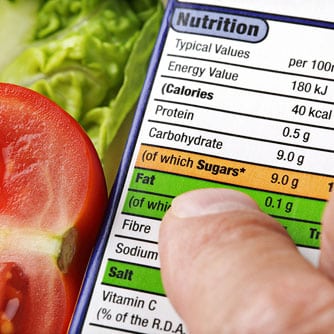People who read food labels may stay thin over time. An international team headed by the University of Santiago de Compostela (Spain) and involving the Universities of Tennessee & Arkansas (USA) and the Norwegian Institute for Agricultural Finance Research, the researchers analyzed data compiled by the annual National Health Interview Survey (NHIS) performed by the U.S. Centers for Disease Control and Prevention (CDC). Approximately 25,640 observations were collected on health and eating and shopping habits – most notably, whether participants read the nutritional information in supermarkets and how often. The team found very significant differences between consumers that read labels and those that do not. On the one hand, the study shows that the smoking population pays much less attention to this information. Furthermore, the city-dwelling population (49% of the sample) takes nutritional information into account the most. This is also the case for those with high school education (40% of those surveyed) and universities studies (17% of the total sample). According to sex, 58% of men either habitually or always read the information contained within nutritional labels. However, this figure stands at 74% for women. The average body mass index (BMI) for men who read nutritional labels is 0.12 point lower than men who do not read them, while women who are users of nutritional labels have 1.49 points lower BMI than women who do not read labels. The researchers conclude that: “These findings imply that health education campaigns can employ nutritional labels as one of the instruments for reducing obesity.”




